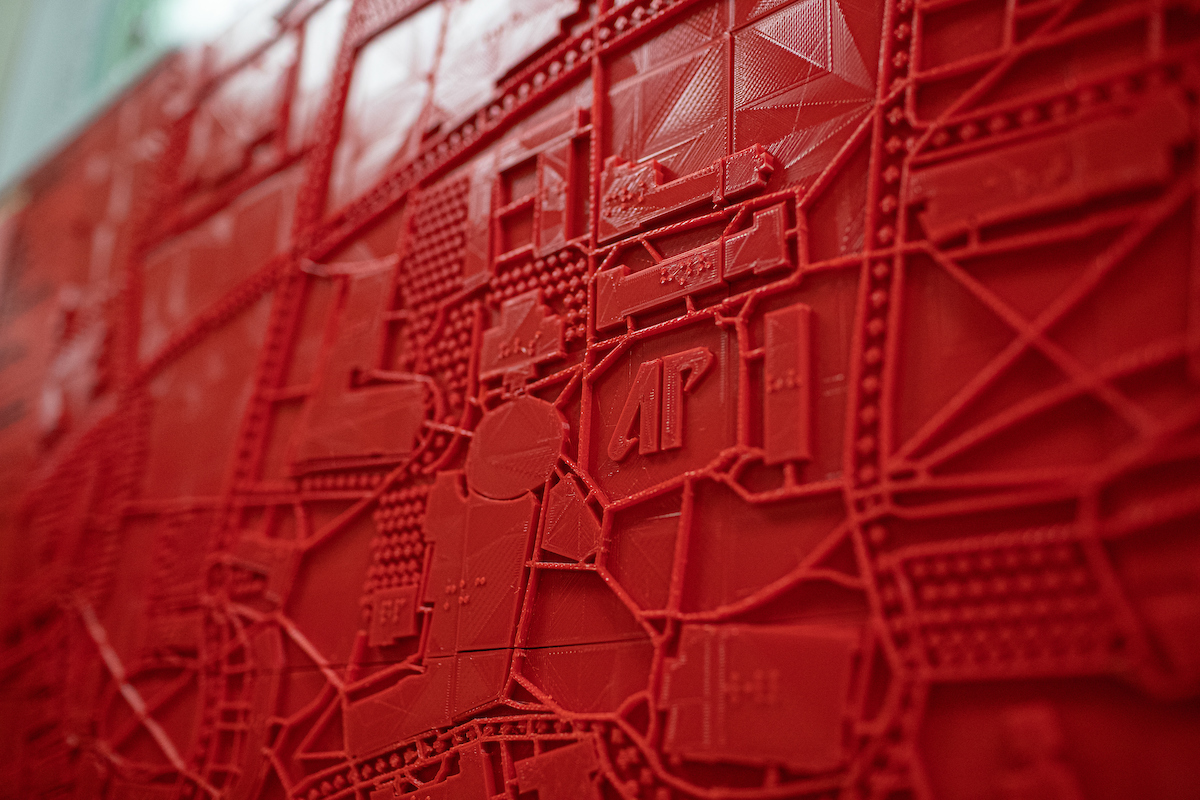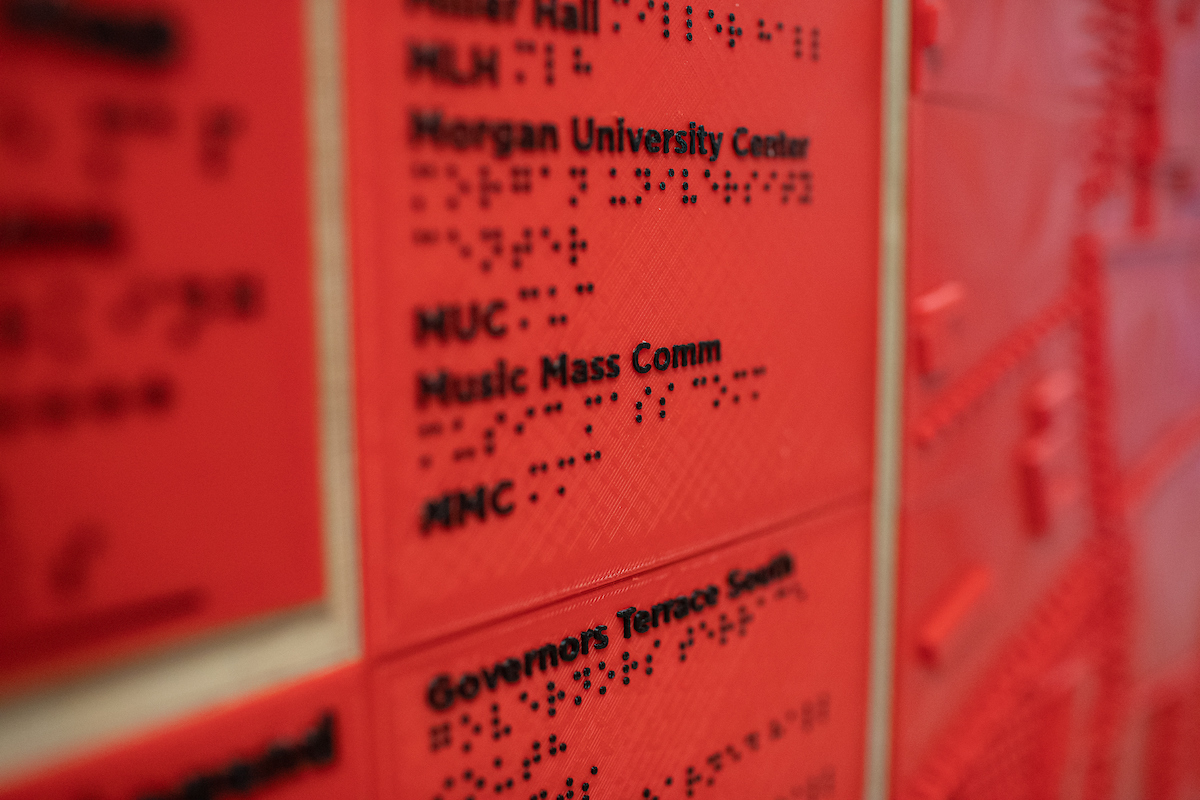GIS Center student creates 3D-printed tactile campus map for Disability Services
(Posted Aug. 21, 2019)
The genesis of the idea formed when NASA brought a tactile guide to Austin Peay’s campus during the run-up to the 2017 solar eclipse.
The guide depicted – through Braille, charts and maps – the basic concepts of an eclipse. The guide allowed anyone – including those who couldn’t visibly experience the eclipse – to understand the interaction and alignment of the sun, the Earth and the moon.
NASA officials gave the book to Austin Peay’s Office of Disability Services, and the office’s director, Jamie McCrary, shared the book with a student who has no vision.
“You could see the light bulb go off,” McCrary said. “You could see her smile. That (tactile guide) was just a concept to her she’d never even thought about.
“That was when the thought entered my head,” McCrary continued. “Our campus is very large, and there are a lot of different ways of getting to different areas. How can we provide access to our low- and no-vision students so they can understand where they are compared to other buildings on campus?”
The answer could be a 3D-printed tactile campus map created this summer by an Austin Peay student and mounted on the wall outside Disability Services’ front door.
CAN IT BE DONE?
McCrary recently approached Austin Peay GIS Center Director Mike Wilson with the idea of using the center’s 3D printer to make a tactile campus map much like the NASA tactile eclipse guide.
“I asked him, ‘Is this something that can be done?’” McCrary recalled. “And he said, ‘Yes. It will be hard, but I think we can do this.’
“They exceeded my expectations,” McCrary said.
The map measures 36 inches across and 24 inches tall and is made up of 48 3D-printed tiles, not including the six tiles making up the map’s legend.
Buildings are raised, flat and marked with braille lettering. Lawns are lowered and flat. Roads and parking lots are noted by raised plus signs. Sidewalks – not normally included on maps – are the most pronounced feature; they’re raised, narrow and easy to trace.
“This map will assist a lot of our students, and I think it will bring a deeper understanding – even if you have regular vision, even if you have no disability at all – of what an individual has to do simply to go to one building from another,” McCrary said.
“I’m super-impressed that GIS provided this for us.”
STARTING FROM SQUARE ONE
Wilson assigned the map to GIS Center student worker Michael Hunter, who’s pursuing a Bachelor of Fine Arts degree in graphic design.
Hunter started with an open source software, “but I felt it was missing a lot, such as the sidewalks and large open areas, and I had to do a lot of research about Braille, so I started from square one.”
Wilson interjected: “He came up with all the ideas on his own.”
Hunter, who used the center’s extensive GIS library of campus images to create detail in the map, experienced plenty of failures along the way – large files didn’t export, data chunks vanished – but he completed the map in about 45 days.
To understand the scope of the project, consider this: Hunter needed 168 hours to print the full-scale campus map and seven hours to print the legend. Each tile, depending on its detail, took three-six hours to print, sometimes overnight.
“Yeah, it took a long time,” Hunter said.
LEARNING INDEPENDENCE
The Office of Disability Services’ motto, “Moving Toward Independence,” is clearly explained: “We promote self-reliance through education and self-improvement. We believe that education and self-advocacy are the keys to success.”
McCrary adds to that: “Students learn by different methodologies. They learn by seeing, learn by hearing, learn by doing. We preach independence. Tactile learning is one of the great ways of finding independence.
“Our new students can come down here, and this can be their home base,” he said. “They’ve learned where the University Center is, now they’ll learn how to get to the Dunn Center from here. Or how to get to the football stadium.”
Hunter learned by creating the map. Disability Services’ Associate Director Lynette Taylor said Hunter taught himself Braille and created his own Braille initialisms.
But Hunter might have learned more than that. He relayed the story of an out-of-state student who recently lost his vision starting classes this fall.
“He’s being put in a new campus, a new state, away from his family,” Hunter said. “It’s going to be, ‘Hey, find your way.’
“I’m able to give him something,” Hunter continued. “The map gives him the ability to live without relying on somebody else. It gives him the ability to be more independent.”
LEARN MORE
- For more about APSU’s Office of Disability Services, visit apsu.edu/disability.
- For more about APSU’s GIS Center, go to apsugis.org.
News Feed
View All News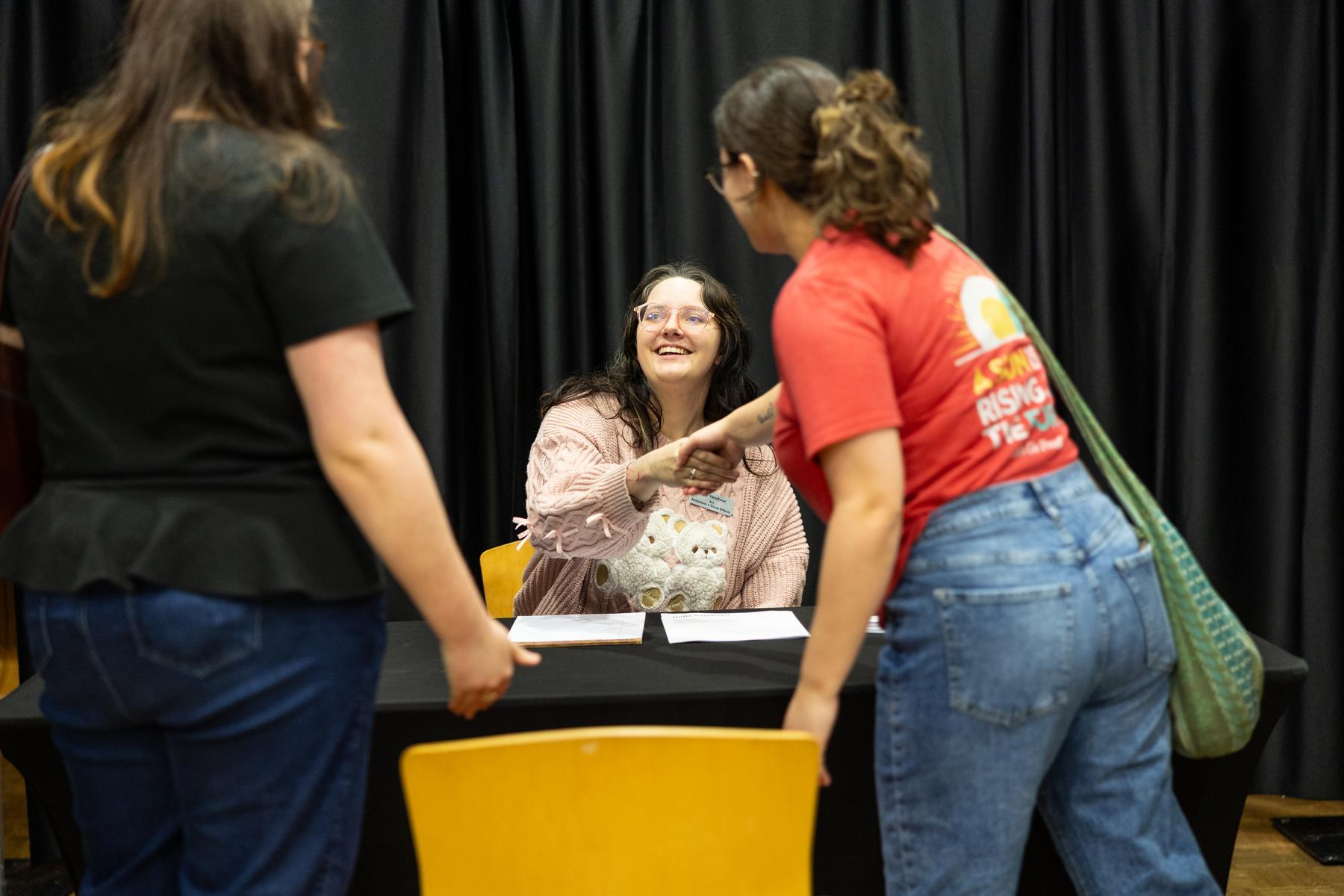
The Full Spectrum Learning program's second annual Reverse Career Fair helped students with autism showcase their talents to potential employers in a comfortable, supportive environment.
Read More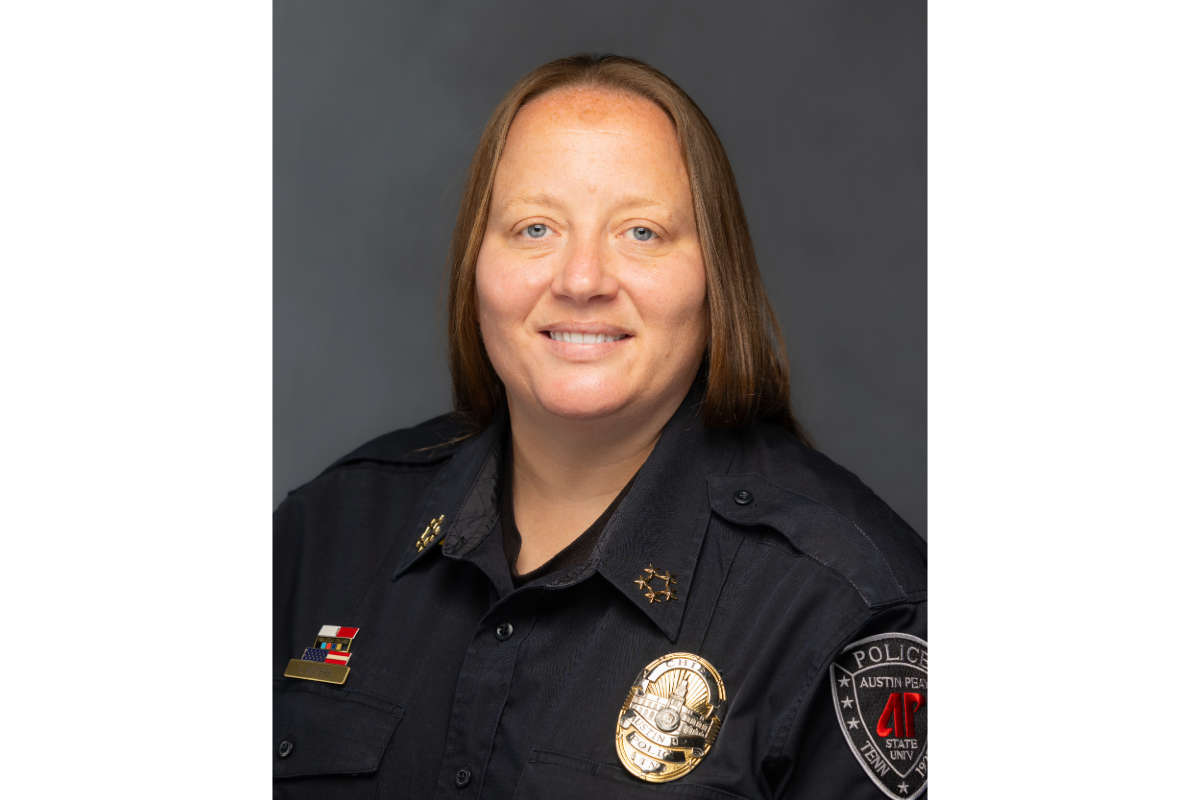
Austin Peay State University has named Kristie Winters its first female chief of police, effective May 1. An Army veteran and 17-year APSU police member, Winters brings extensive leadership experience and campus-wide support to her historic new role.
Read More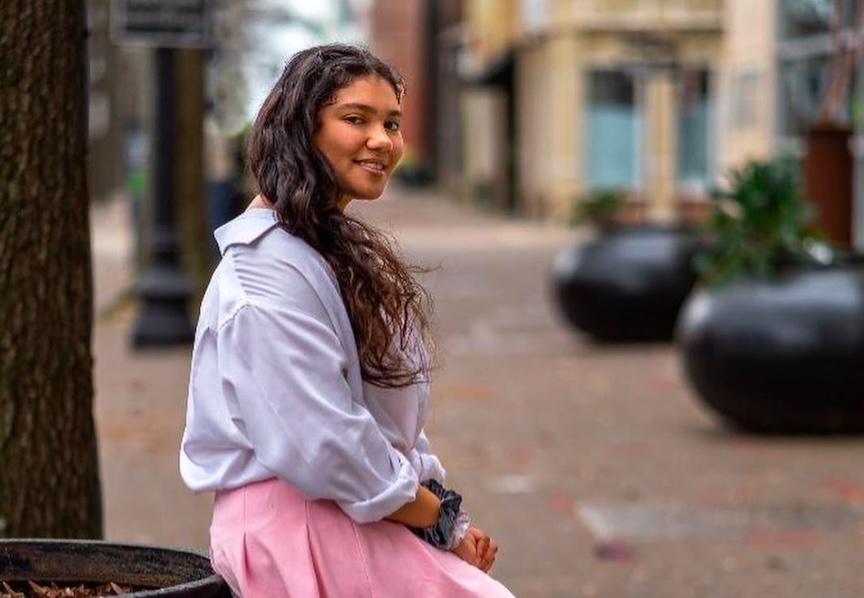
Hannah Ramos, an Austin Peay State University junior, earned a place on the ALL IN Campus Democracy Challenge's 2025 Student Voting Honor Roll and was commended by the Tennessee General Assembly for her civic leadership and legislative internship during the 2025 session.
Read More